The world of women's soccer is a thrilling arena where skill, speed, and strategy collide. As we commence the highly anticipated 2023 Women's World Cup, it is crucial to address one common and devastating injury that can impact players' performance and sideline their dreams: anterior cruciate ligament (ACL) injuries. To ensure the players' safety and optimize their performance on the field, an effective ACL injury prevention program is of utmost importance. Today, we will explore the latest research and evidence-based strategies to empower women's soccer players with the knowledge they need to stay injury-free and dominate the game.
The anterior cruciate ligament (ACL) is a critical structure in the knee joint, providing stability during explosive movements like cutting, jumping, and pivoting. However, the ACL is susceptible to injury, particularly in women's soccer. The demands of the game, quick changes in direction, and landing mechanics increase the risk of ACL tears. This type of injury can be debilitating, leading to pain, instability, surgical intervention, and prolonged recovery periods.
Recent studies have shed light on a crucial factor in ACL injury prevention: hip muscle strength. Khayambashi et al. (2015) found that athletes with lower isometric hip strength, specifically in external rotation and abduction, were at a significantly higher risk of noncontact ACL injuries. These findings emphasize the importance of focusing on hip strength as a preventive measure against ACL injuries in women's soccer.
To combat ACL injuries and enhance performance, an effective prevention program should encompass several key elements. Let's delve into these evidence-based strategies:
1. Targeted Muscle Training:
To reduce tibial translation and enhance isometric strength endurance and stability of the knee.,The knee joint muscles, including the popliteus, plantaris, gastrocnemius, biceps femoris (long and short heads), semitendinosus, semimembranosus, sartorius, gracilis, rectus femoris, vastus intermedius (medial and lateral divisions), vastus medialis, vastus lateralis, and articularis genu, should be a focus of training programs.
Additionally, isometric strength endurance of the hip muscles play a crucial role in maintaining knee stability. Exercises targeting the gluteus maximus (middle and posterior divisions), gluteus medius (middle and posterior divisions), pectineus, abductor brevis, adductor longus, adductor magnus, piriformis, quadratus femoris, obturator externus, gemellus superior, and gemellus inferior are essential for optimizing isometric hip strength and stability.
For the ankle joint, prioritizing isometric strength endurance training for the soleus, tibialis posterior, tibialis anterior, peroneus longus, peroneus brevis, peroneus tertius, flexor hallucis longus, extensor hallucis longus, flexor digitorum longus, and extensor digitorum longus muscles is vital to maintain stability.
ACL injury prevention doesn’t need to be so complicated. You just have to increase the isometric strength endurance of all the muscles that support the knee, hip, and ankle.
2. Neurological Activation:
Neurological activation of muscles plays a critical role in injury prevention. Incorporating isometric strength endurance exercises that emphasize isometric muscle contractions enhance neurological activation and prepare the muscles for the demands of the game.
3. Isometric Training and Tendon Stiffness:
Isometric training has shown promising results in enhancing tendon stiffness, an essential factor in ACL injury prevention. Kubo et al. (2001) demonstrated that isometric contractions performed at 70% maximum voluntary isometric contraction (MVIC) over a 12-week period effectively increased tendon capacity in the quadriceps muscles.
4. Strength Training:
Building overall muscle strength is crucial for ACL injury prevention. Schott et al. (1995) found that a training protocol consisting of isometric contractions at 70% MVIC, three days per week for 14 weeks, resulted in a significant increase in isometric strength of ~54% and cross-sectional area of ~11%.
5. Screening and Individualized Programs:
Implementing screening procedures that assess hip abduction and external rotation strength can help identify individuals at higher risk of ACL injuries. Tailoring training programs with Isophit to address individual isometric weaknesses and imbalances is essential to optimize injury prevention efforts.
As we gear up for the 2023 Women's World Cup, the focus on ACL injury prevention becomes paramount. By integrating evidence-based strategies such as targeted muscle training, neurological activation exercises, isometric training for tendon stiffness, strength training, and personalized programs, women's soccer players can reduce the risk of ACL injuries and unleash the full potential of Isometric Strength Endurance Training with Isophit on the field.
Gain Access to 60 Lower Body Isometric Strength Training Exercises:
Let's empower the athletes to dominate the game, safeguard their well-being, and make the 2023 Women's World Cup a showcase of exceptional skill and resilience.
Wishing all the athletes a safe and successful tournament!
Yours in Isometric Strength,
Brad Thorpe
CEO / Inventor
Isophit

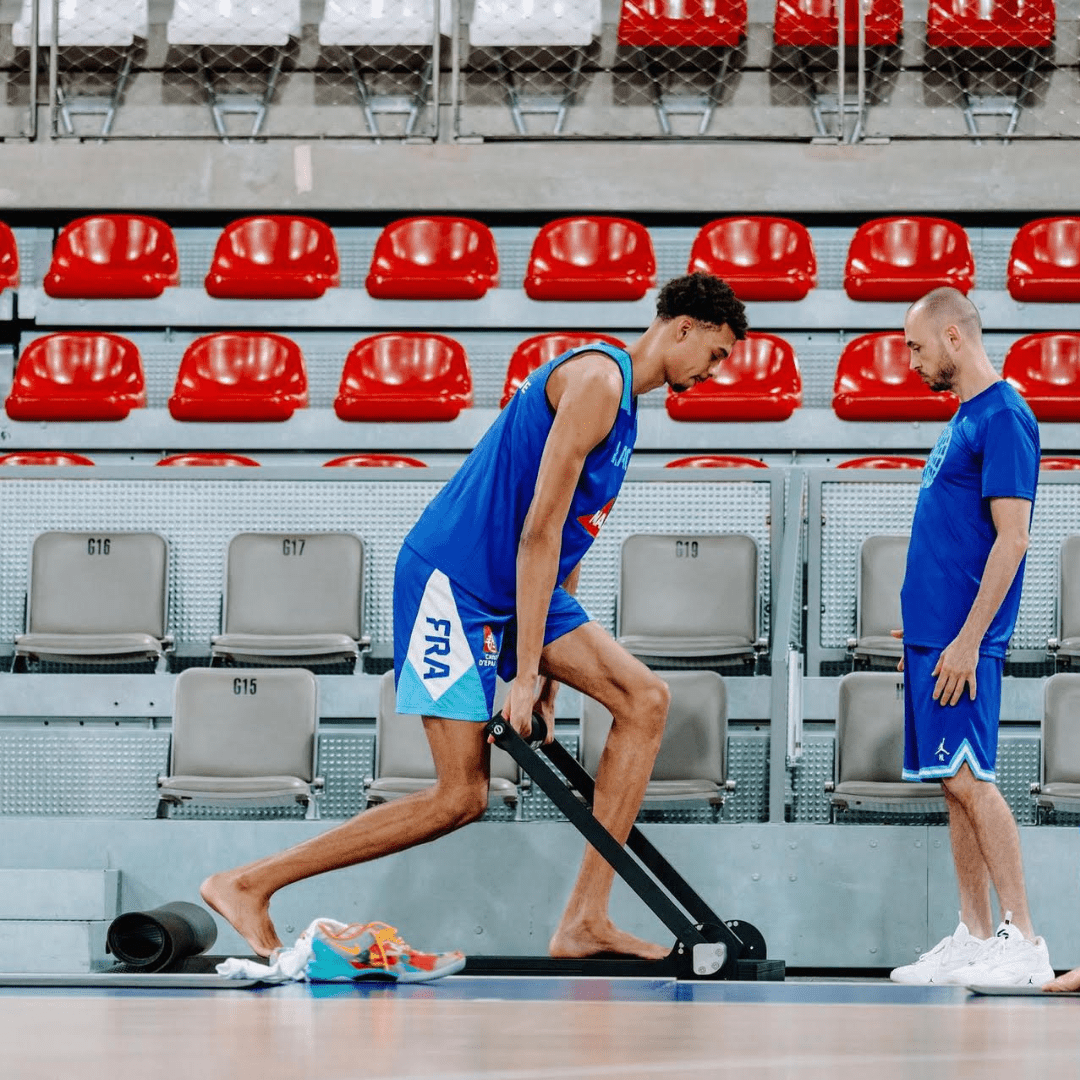

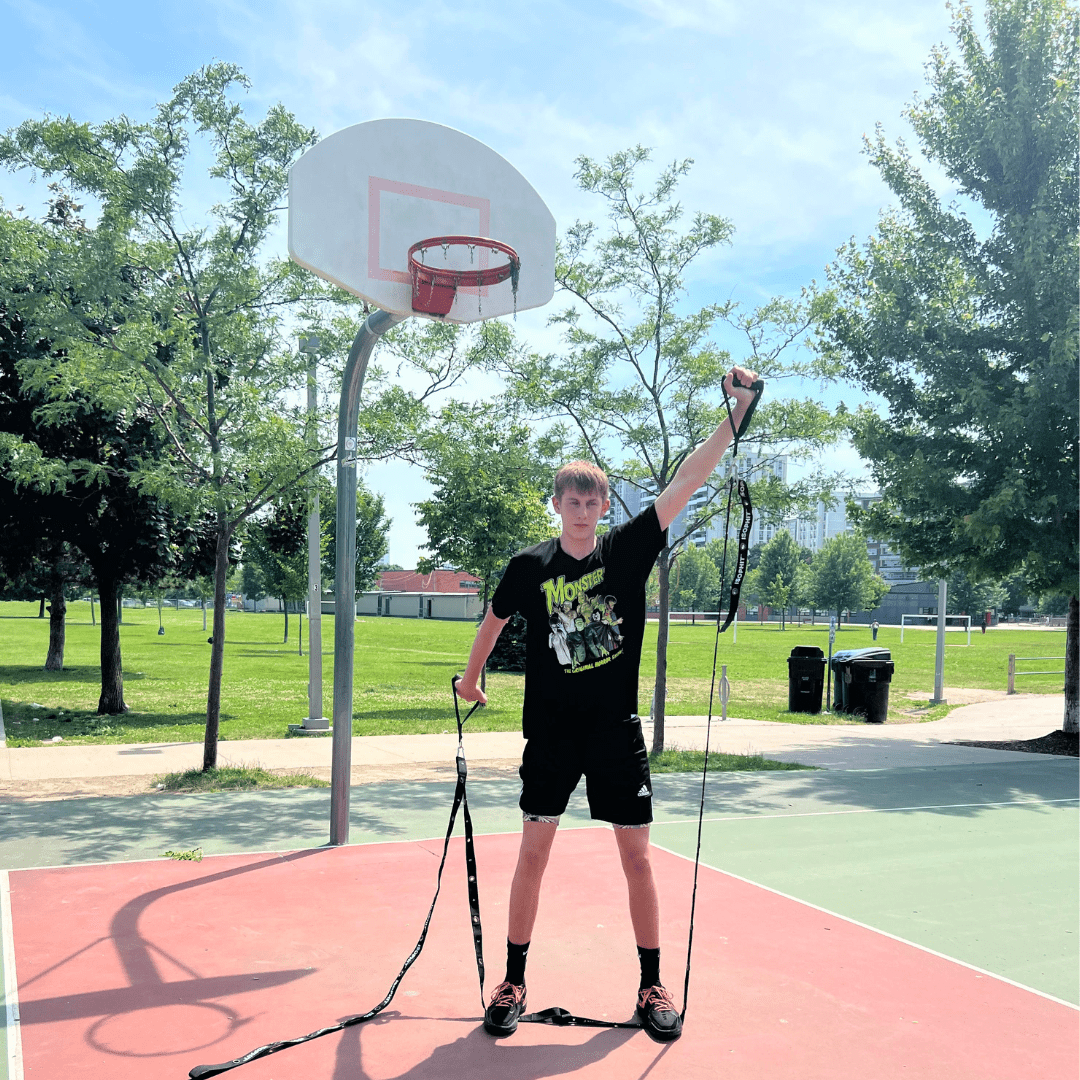
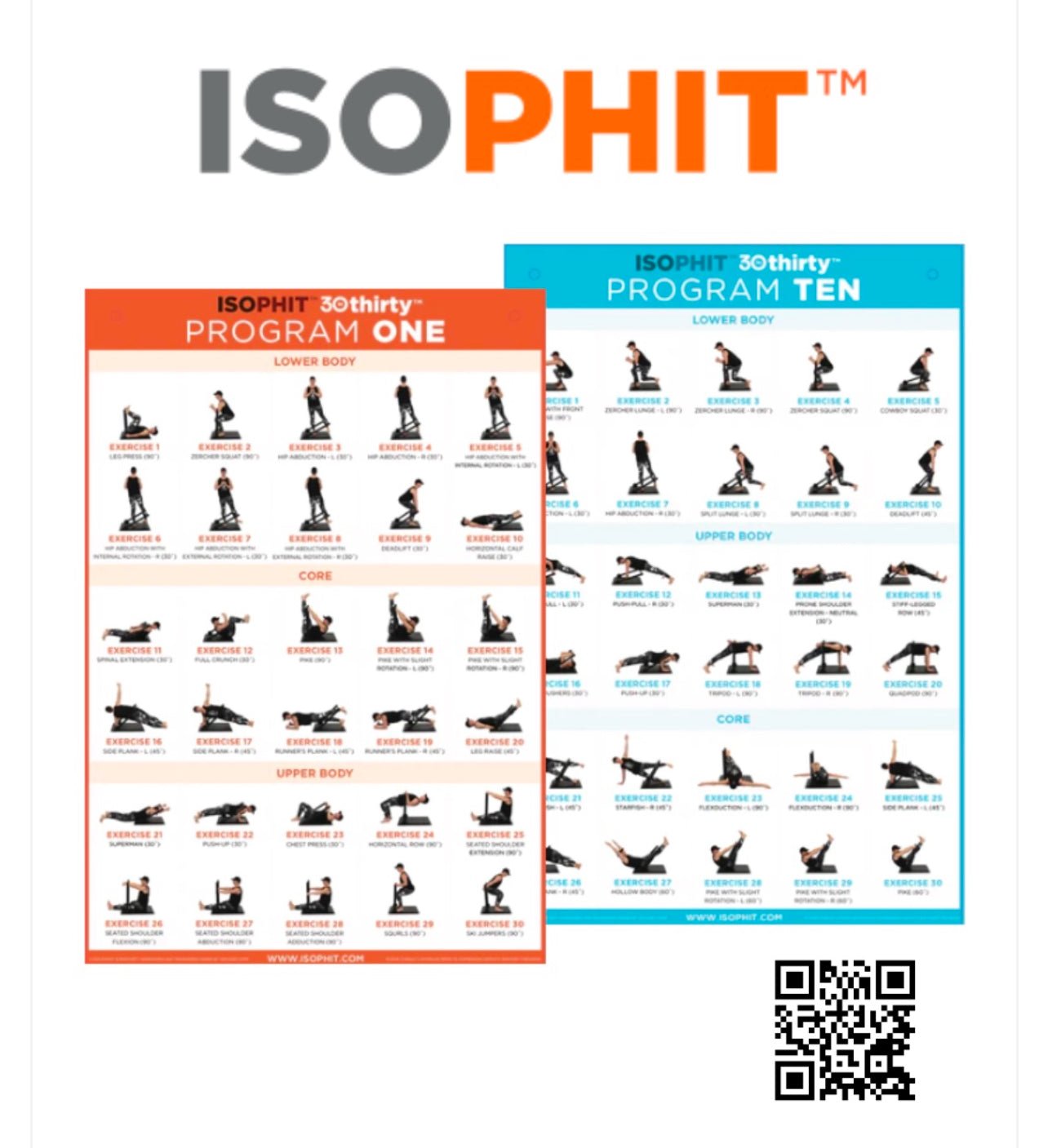
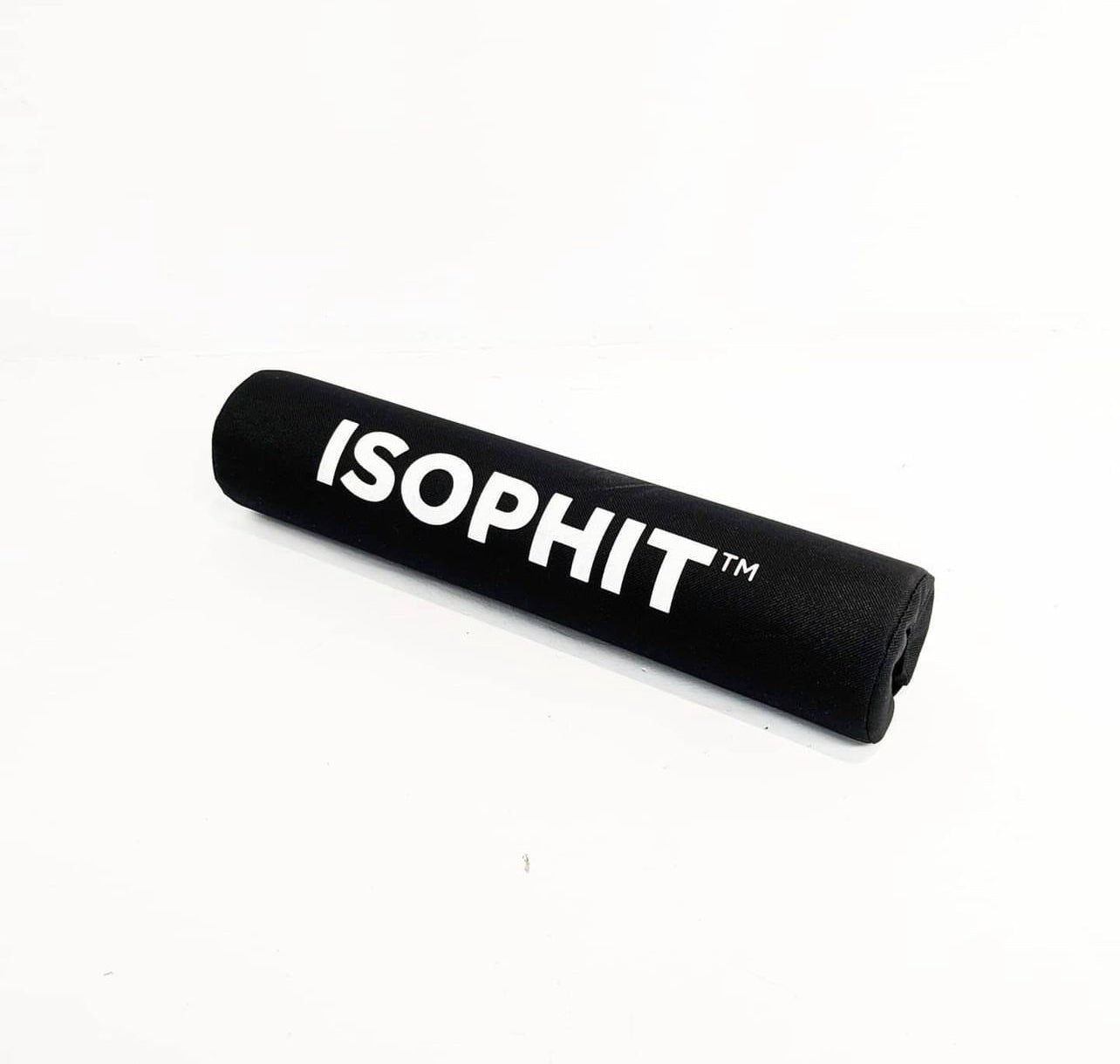
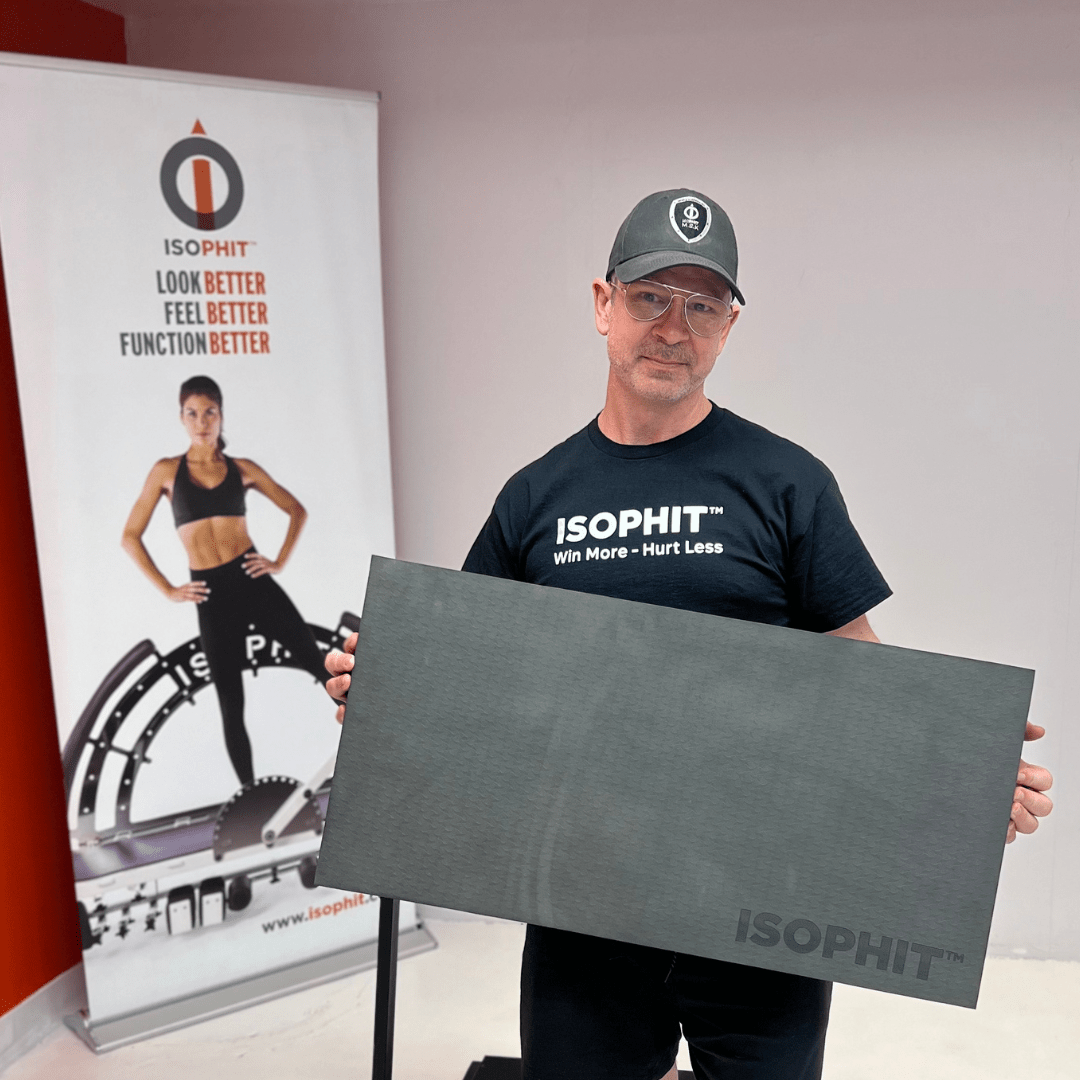
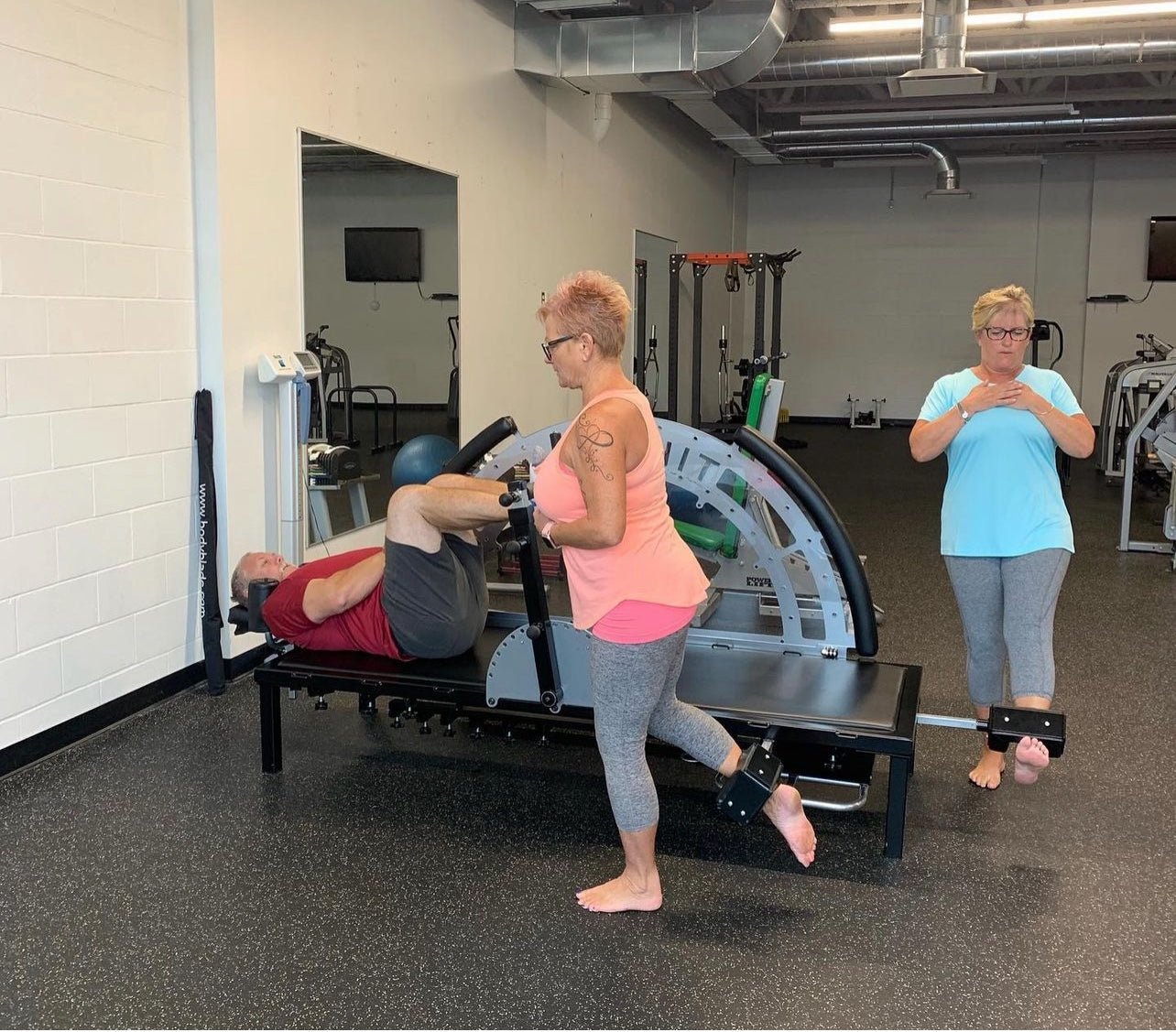
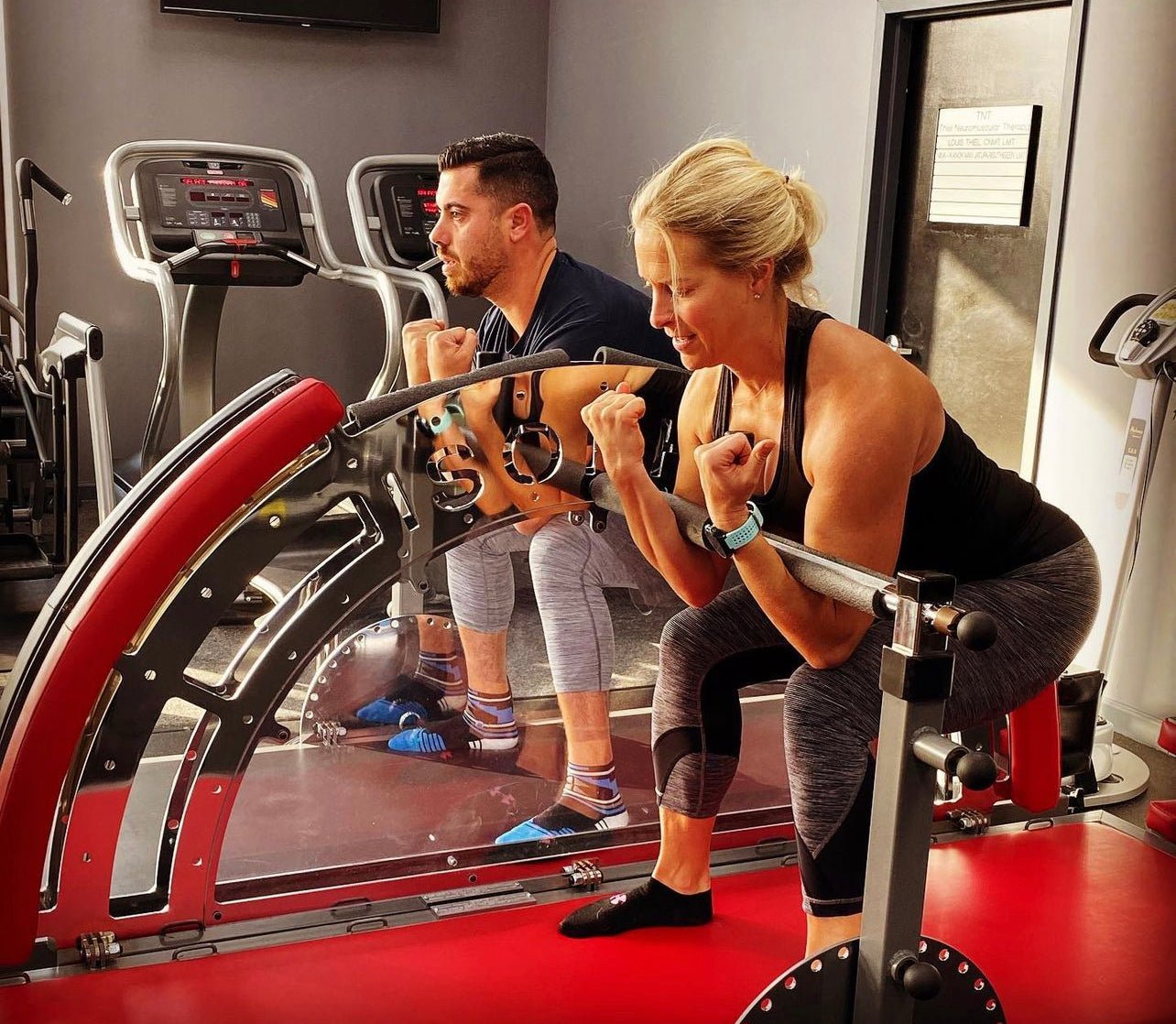
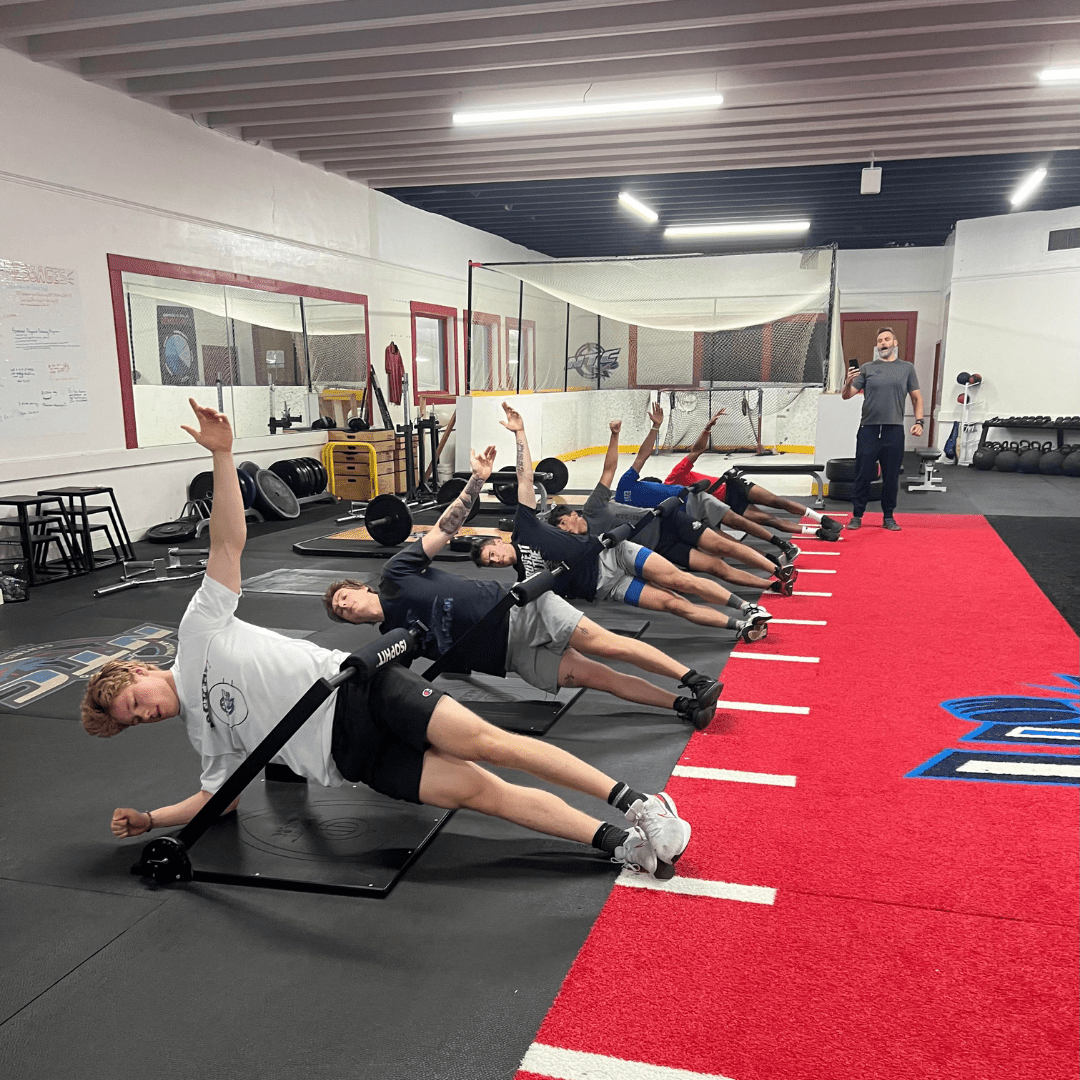
Share:
Isophit: Isometric Training Leads to a 700% Increase in Adipose Tissue Blood Flow.
Isophit: Isometric Strength Training May Improve the Functional Capacity and Quality of Life of Individuals with ALS.